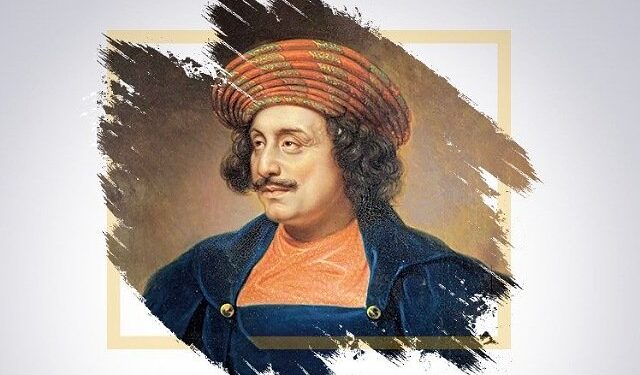Raja Ram Mohan Roy contribution in the making of modern India
Raja Ram Mohan Roy contribution in the making of modern India-What are the five contribution of Raja Ram Mohan Roy?,What was Raja Ram Mohan Roy contribution to Indian English writing?,Who is known as the father of modern India?,Raja Ram Mohan Roy, widely recognized as the “Father of the Indian Renaissance,” played a pivotal role in shaping modern India during the 19th century. Born on May 22, 1772, in Radhanagar, Bengal, Roy emerged as a polymath, leaving an indelible mark across various domains such as social reform, religious harmony, education, politics, and journalism. His progressive ideas and commitment to rationality contributed significantly to the transformation of a traditional and conservative society into an enlightened one.
One of Roy’s landmark contributions was his crusade against social evils, notably the practice of Sati. His unwavering efforts led to the abolition of Sati through the Bengal Sati Regulation in 1829, marking a turning point in Indian history. Roy’s rational arguments against Sati, grounded in humanism and logic, laid the foundation for a more enlightened and humane society.
Also Read-
- Who made English language as a medium of education
- What are the problem faced by India after independence
- What is the background of Canadian literature
Beyond Sati abolition, Raja Ram Mohan Roy championed women’s rights and education, challenging prevailing norms. His establishment of schools for girls reflected his vision for a society where women could actively participate in intellectual and social spheres, contributing significantly to national progress.
Roy’s influence extended to fostering religious harmony through his involvement in the Brahmo Samaj, a socio-religious reform movement founded in 1828. The movement aimed to transcend religious differences and promote monotheism while rejecting idol worship and ritualistic practices, contributing to a more tolerant and harmonious society.
In the realm of education, Roy’s founding of the Hindu College in Calcutta in 1817 marked a significant milestone. The institution, later evolving into Presidency College, symbolized his commitment to modern, scientific education, preparing the youth for the challenges of a rapidly changing world. His vision encompassed the study of Western sciences, literature, and philosophy.
Roy’s political contributions were instrumental in advocating for constitutional reforms and a representative form of government, laying the groundwork for democratic principles in India. Engaging with British authorities, he articulated the need for Indians to have a voice in governance, contributing to the establishment of representative institutions in British India.
Furthermore, Raja Ram Mohan Roy’s advocacy for vernacular languages in administration and education played a crucial role in fostering cultural identity and empowering the masses. By championing native languages, he aimed to bridge the gap between the ruling class and the common people, facilitating better communication and understanding.
Roy’s intellectual prowess extended to journalism, with the founding of the Persian-language newspaper, “Mirat-ul-Akbar,” and later, the English-language “The Bengal Gazette.” These publications became platforms for disseminating progressive ideas, advocating social reforms, and promoting intellectual discourse. His commitment to the freedom of the press laid the groundwork for a vibrant and critical media culture in India, contributing to the development of a democratic ethos.














